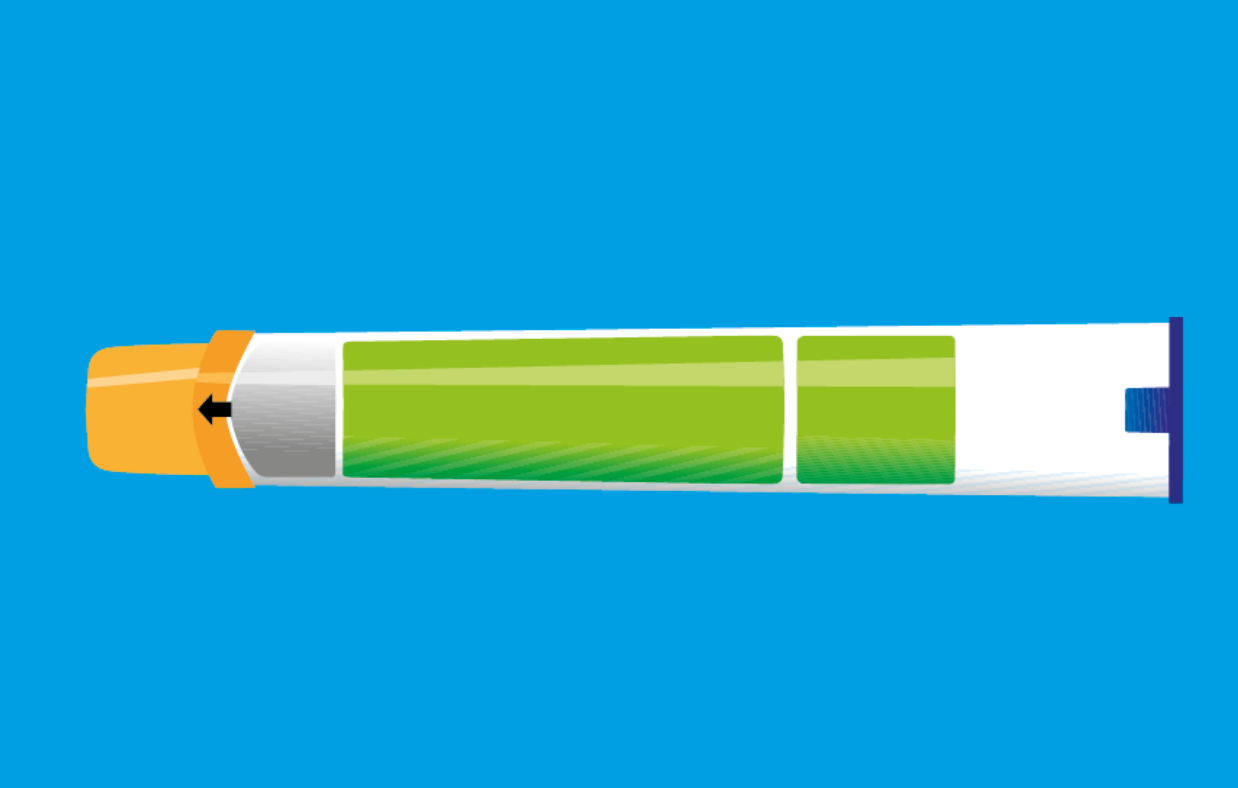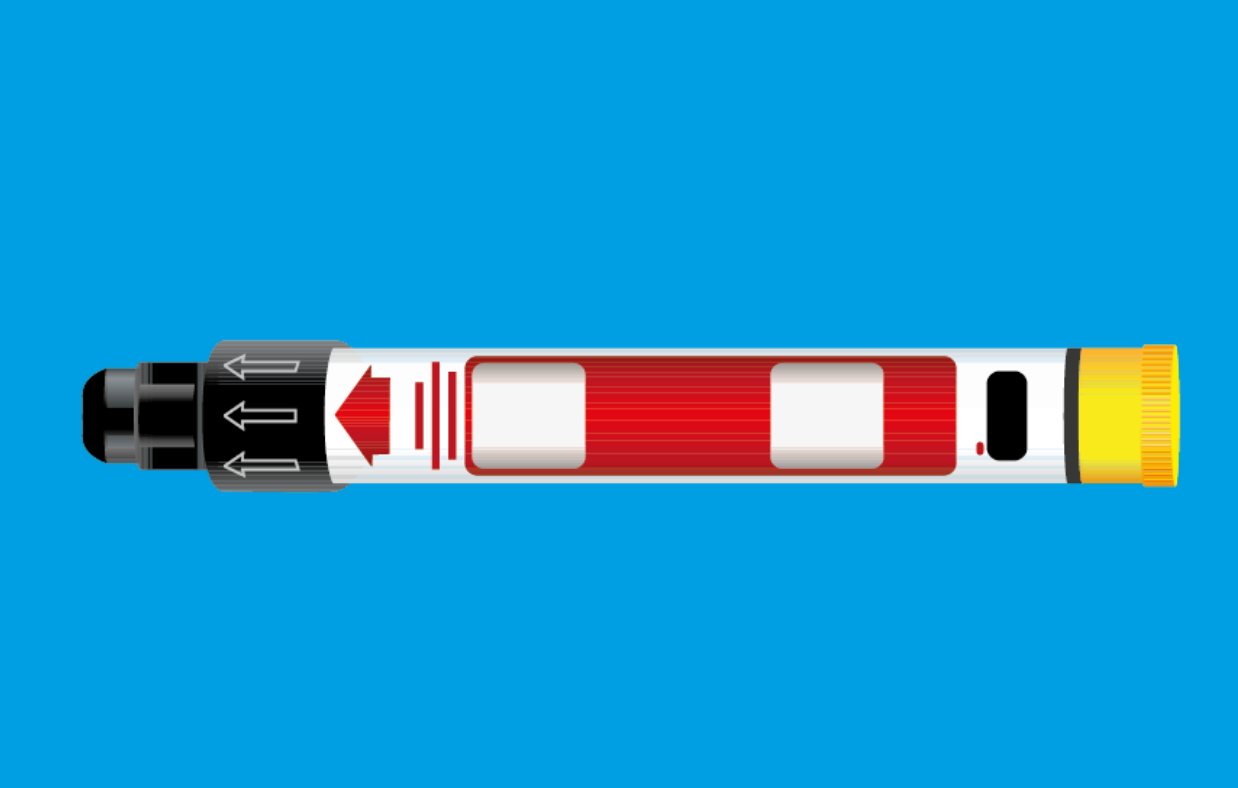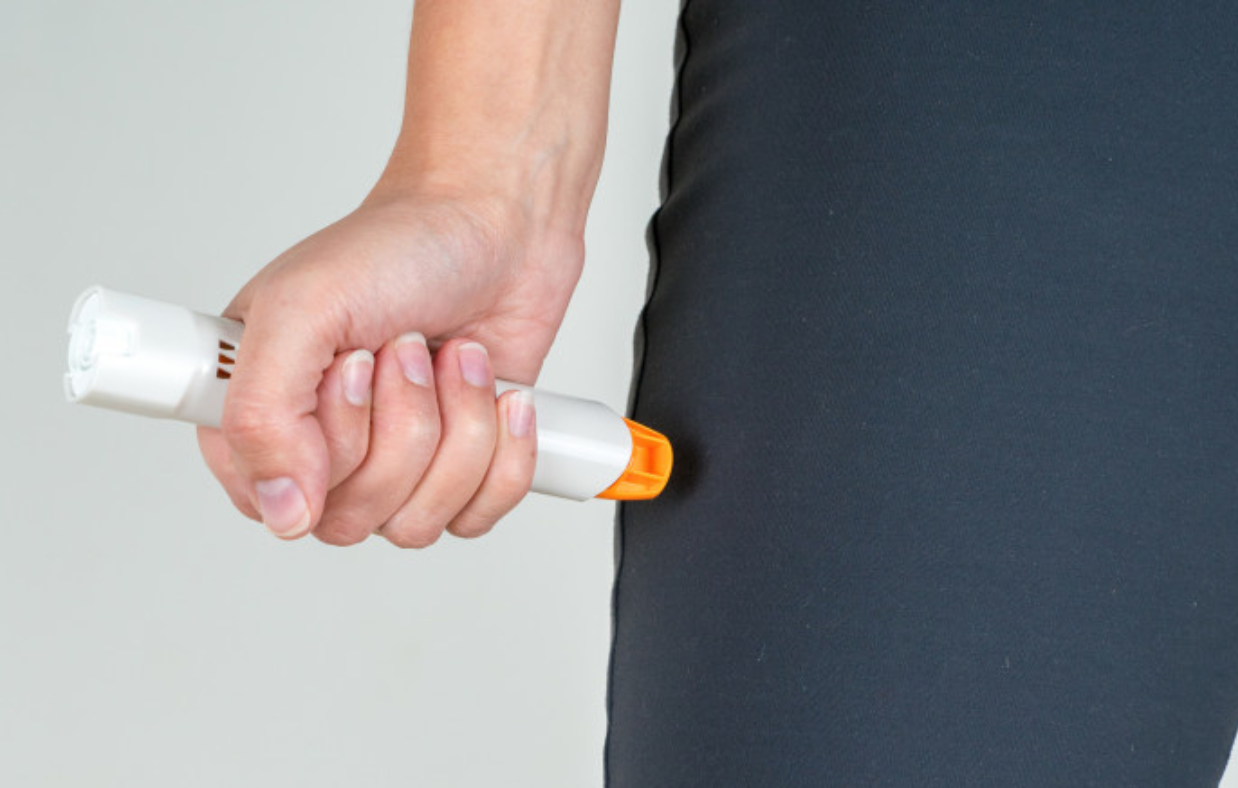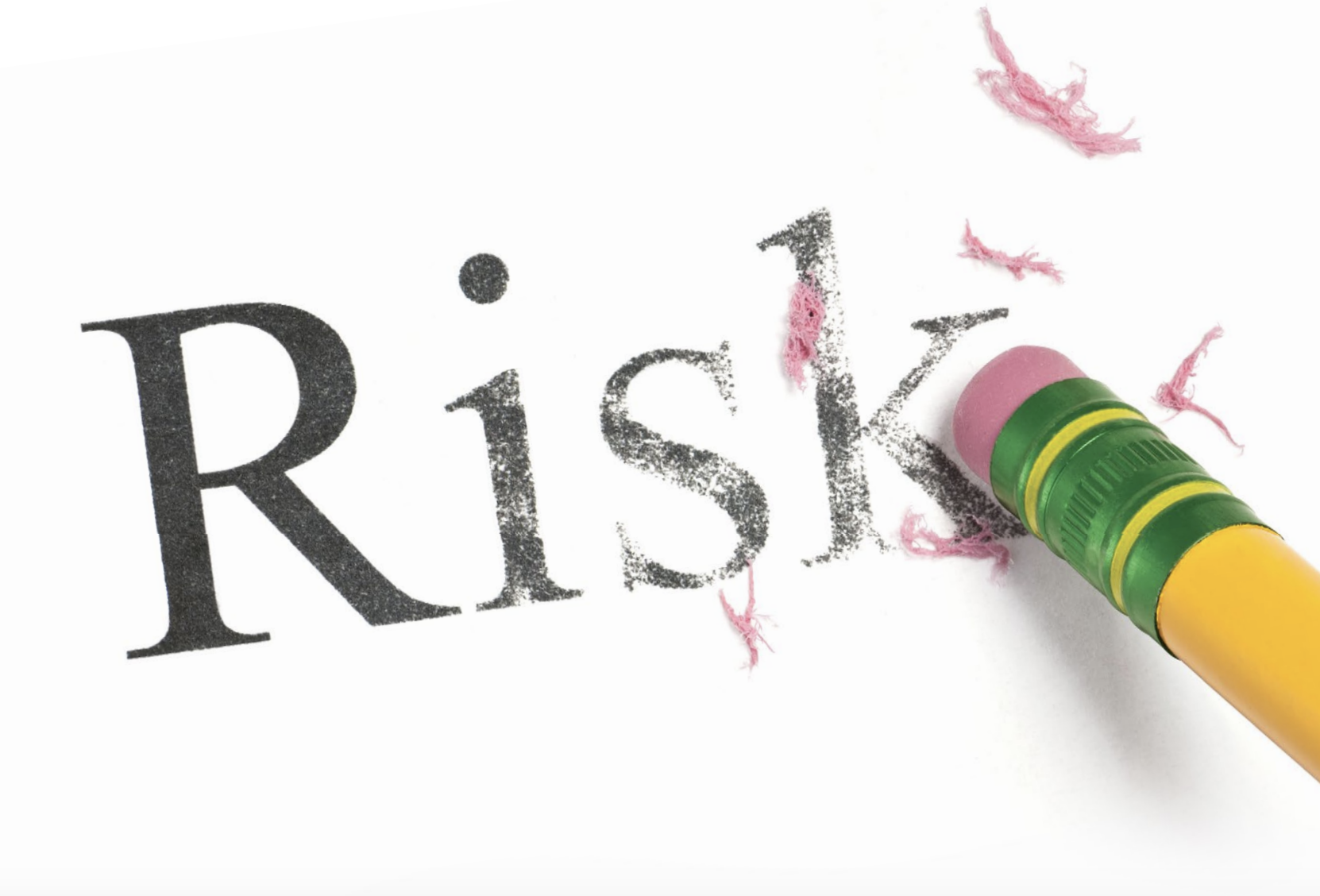How to correctly administer an adrenaline auto-injector
Amena Warner, our Head of Clinical Services at Allergy UK, is here to guide you through life-saving devices used in anaphylaxis emergencies – adrenaline auto-injectors – and provides a step-by-step guide on how to correctly use both available brands of these devices in the UK.

 Helpline
Helpline




